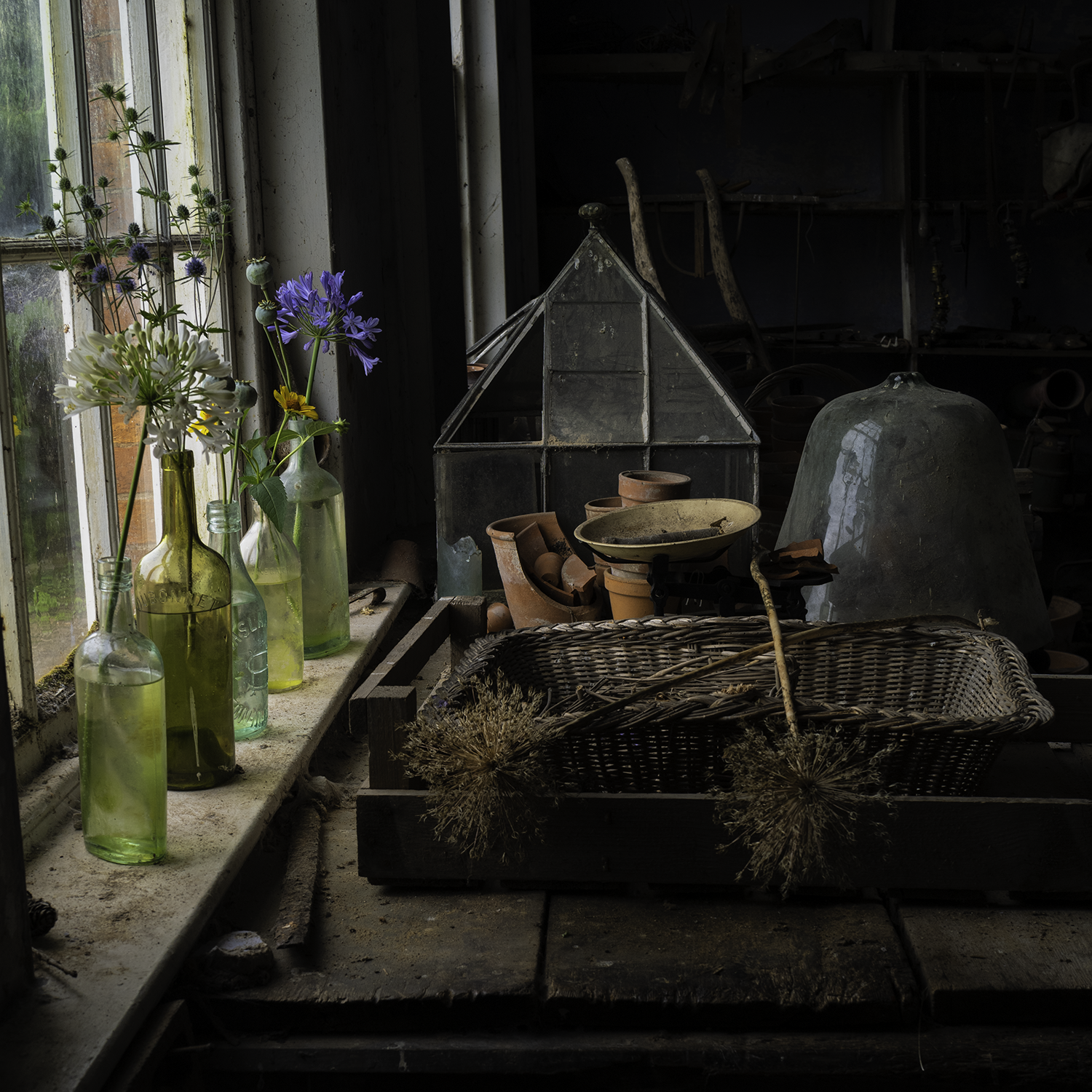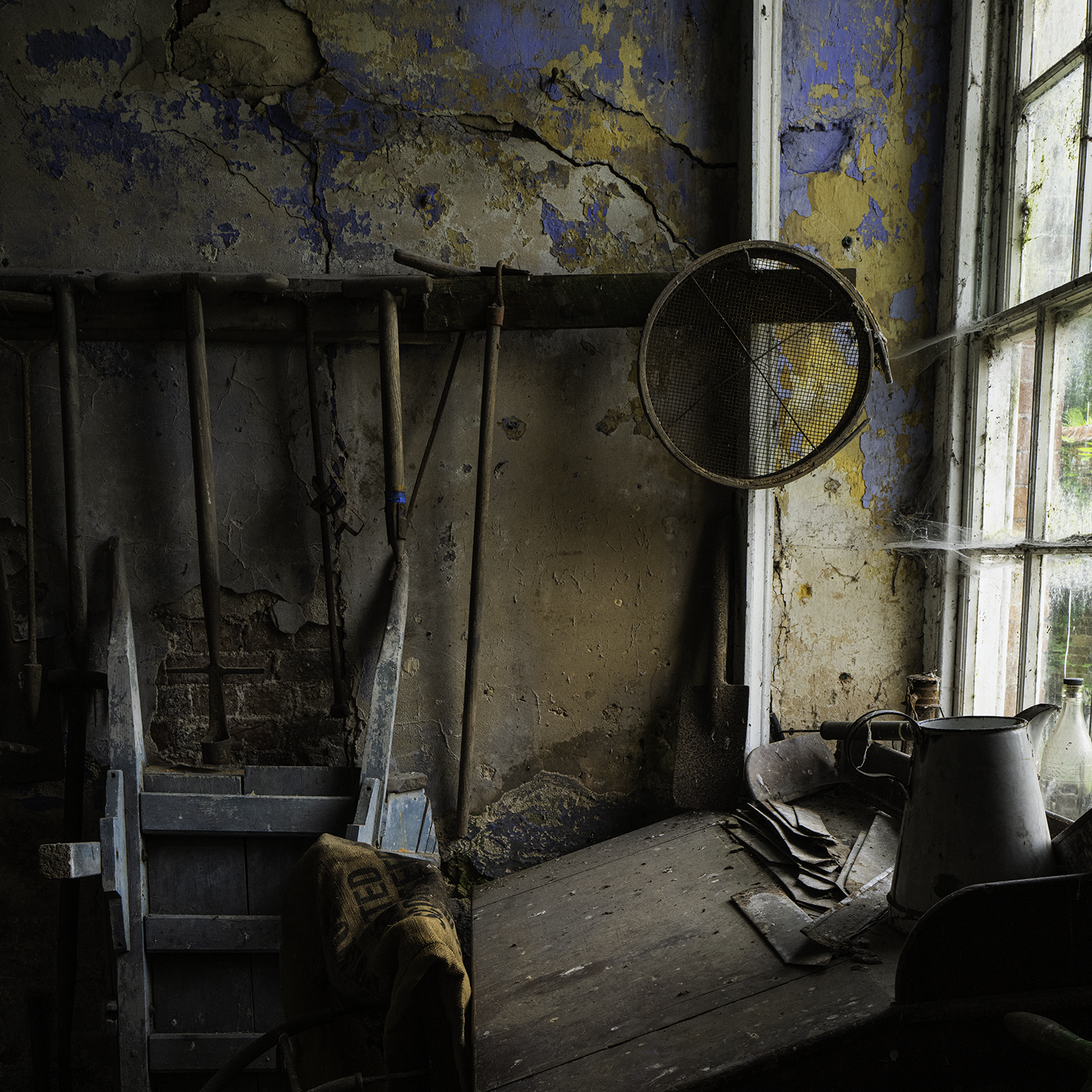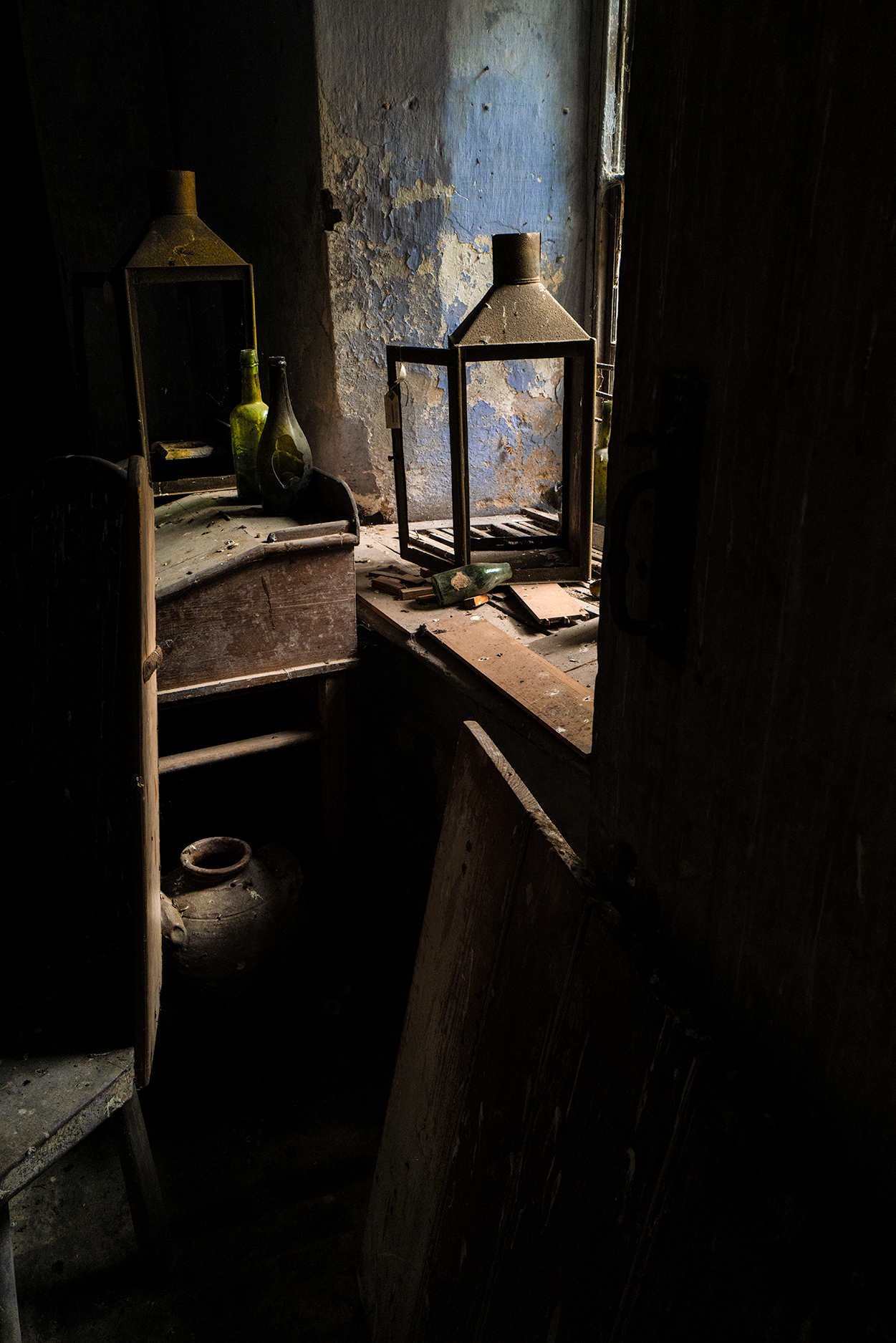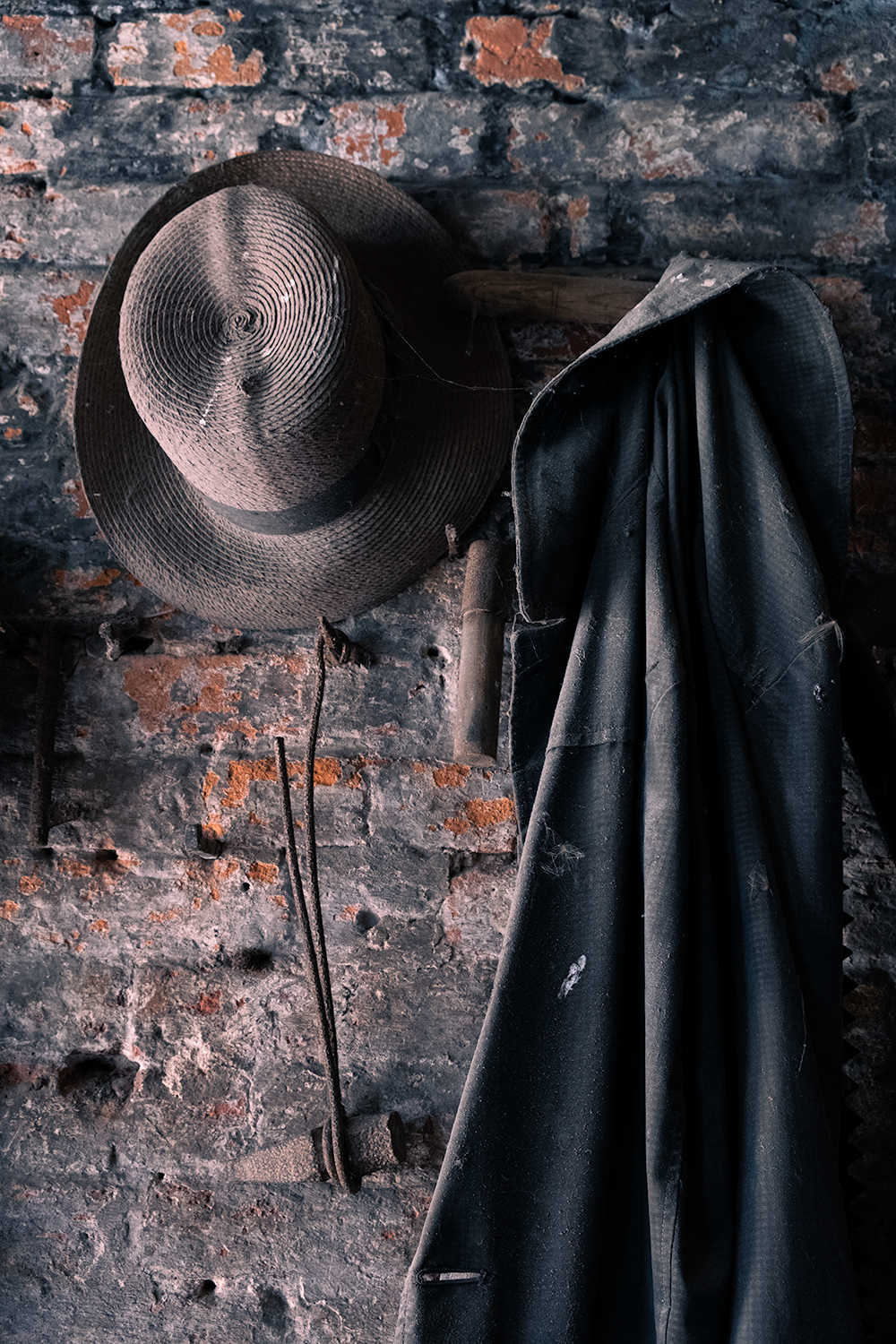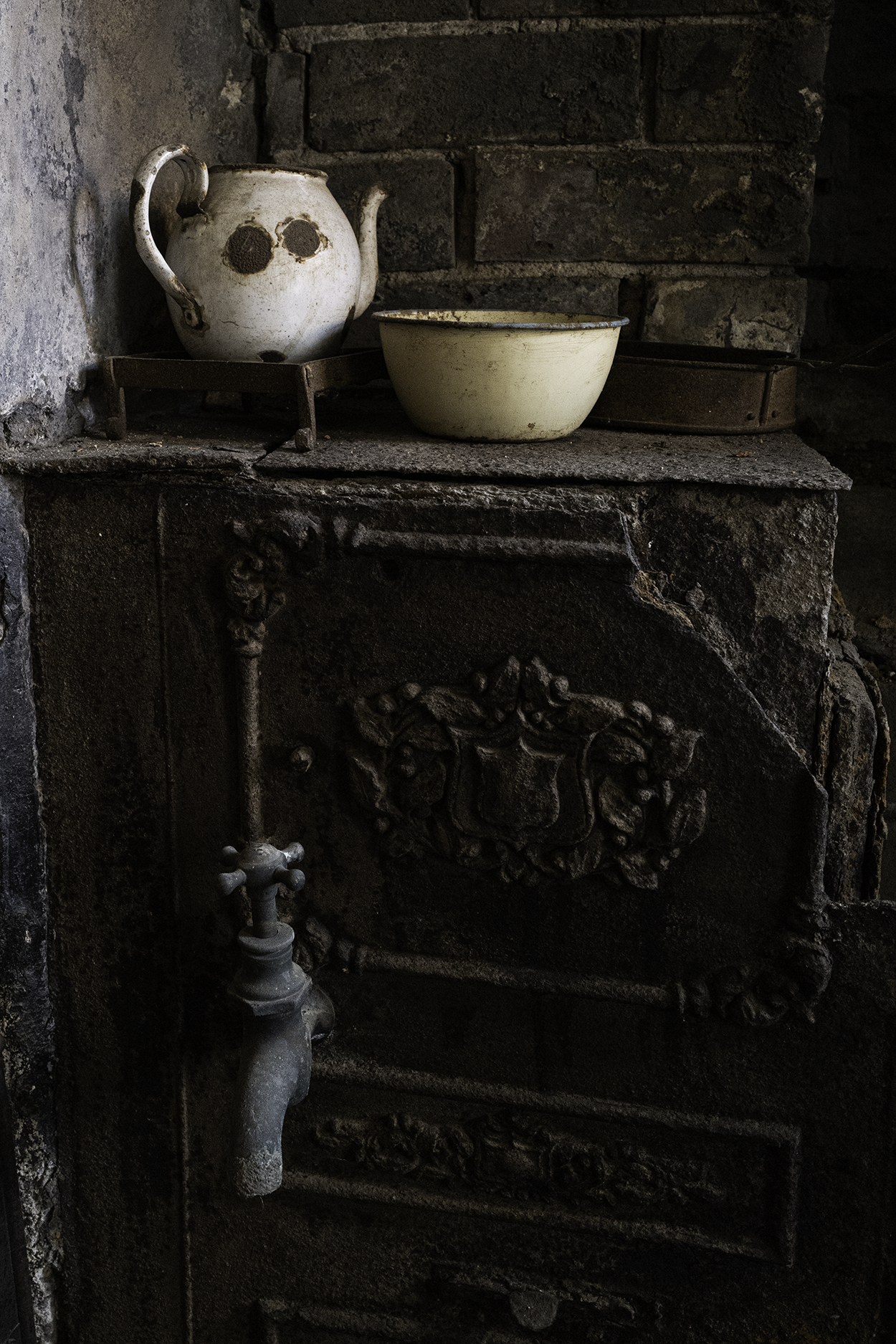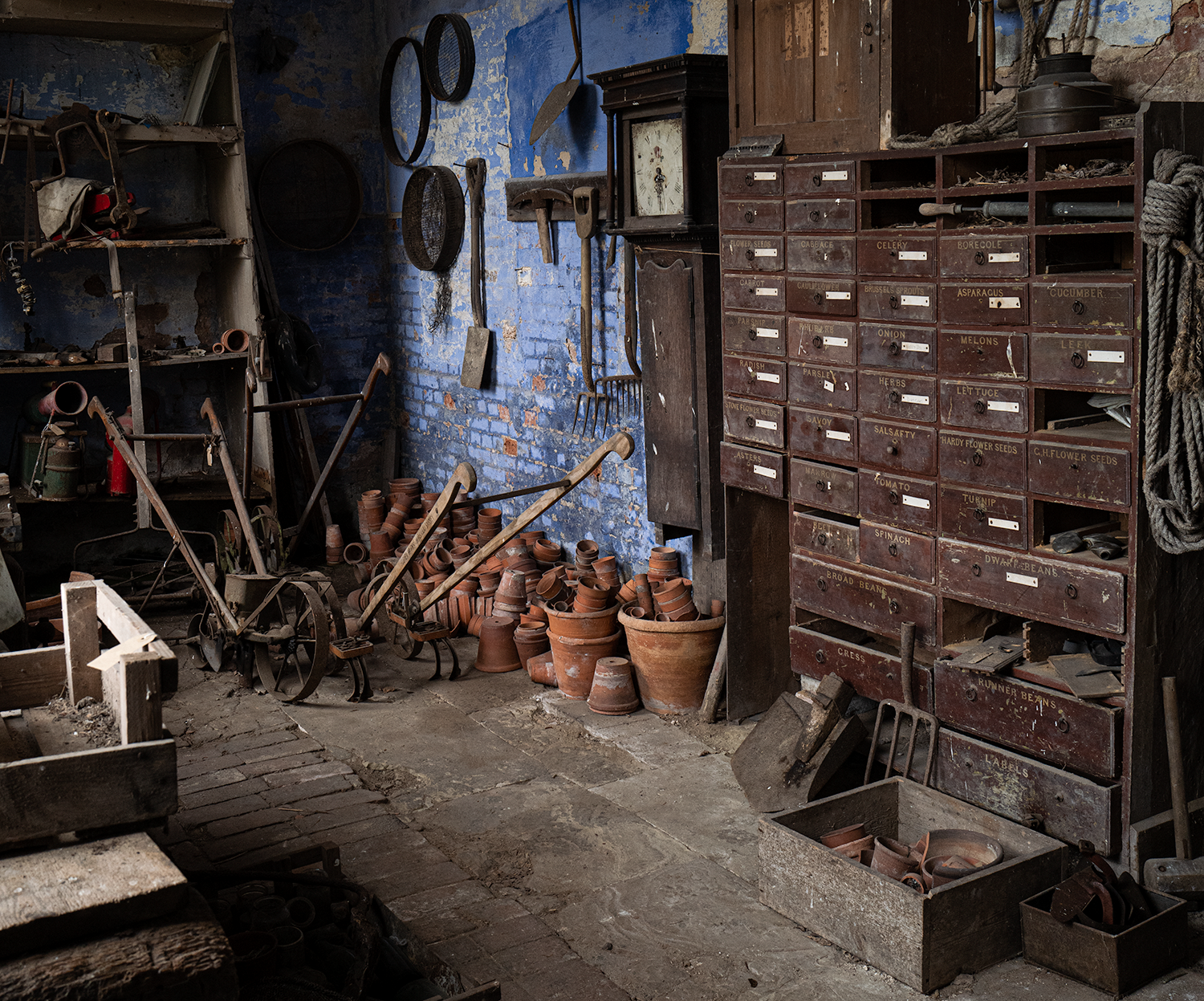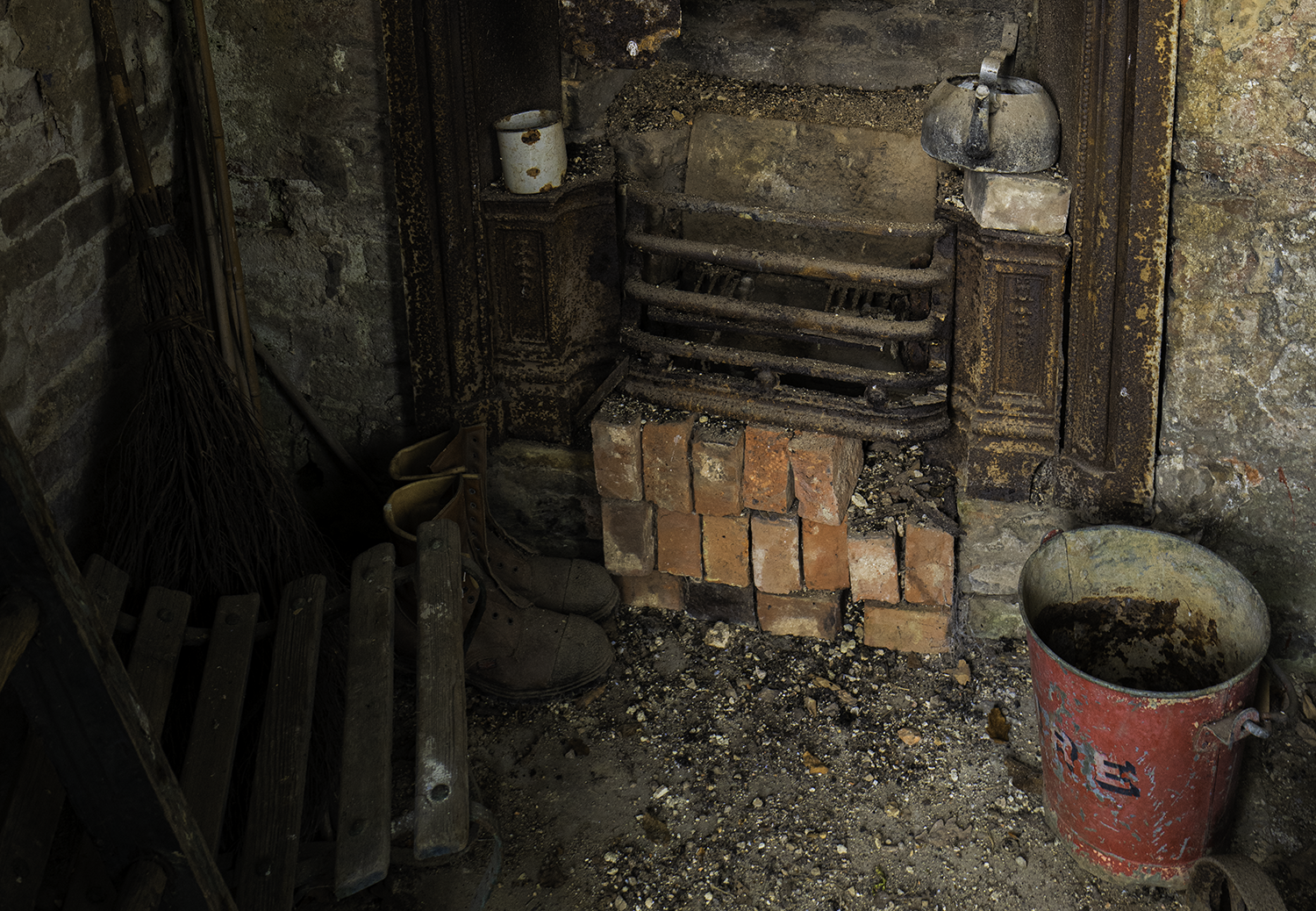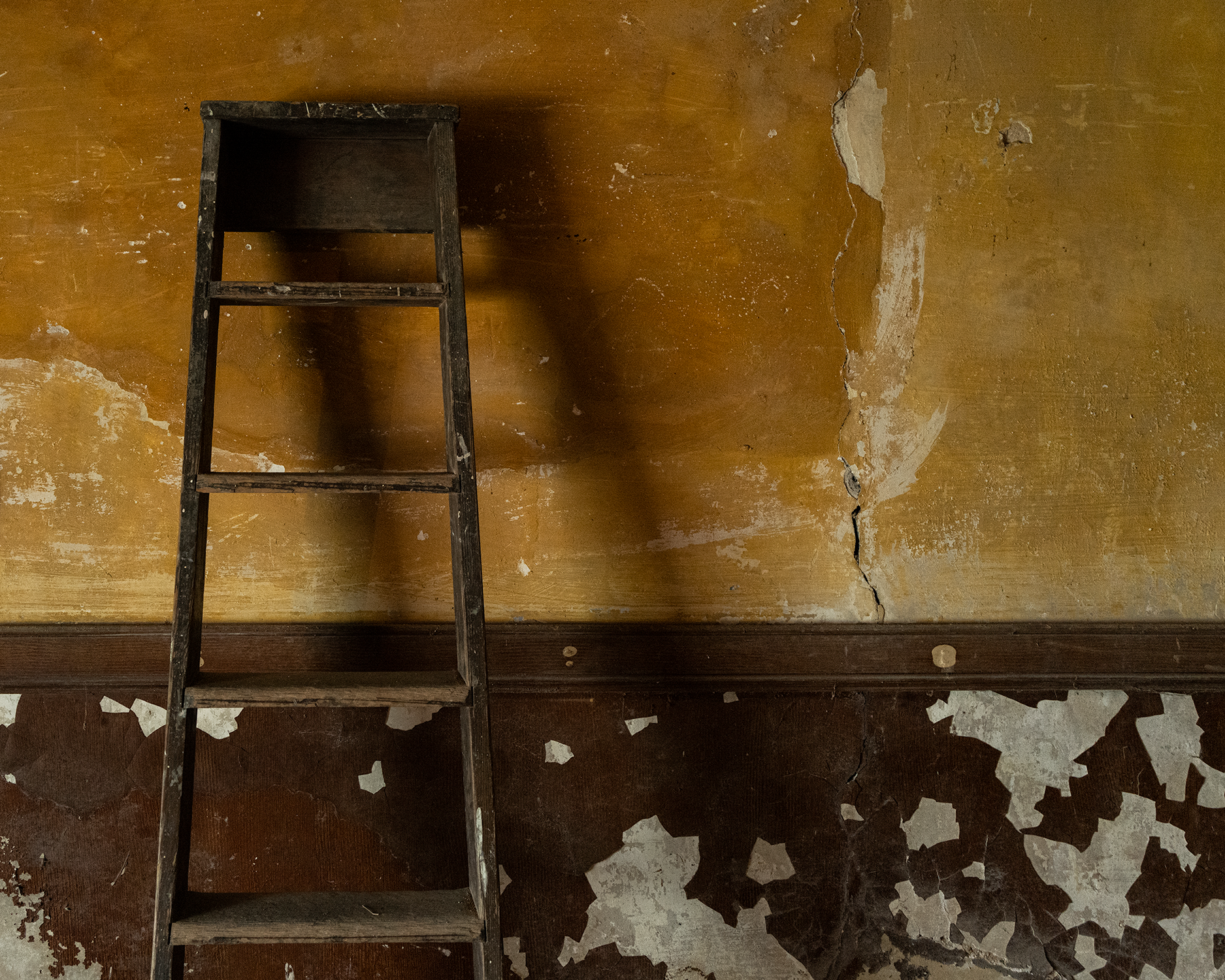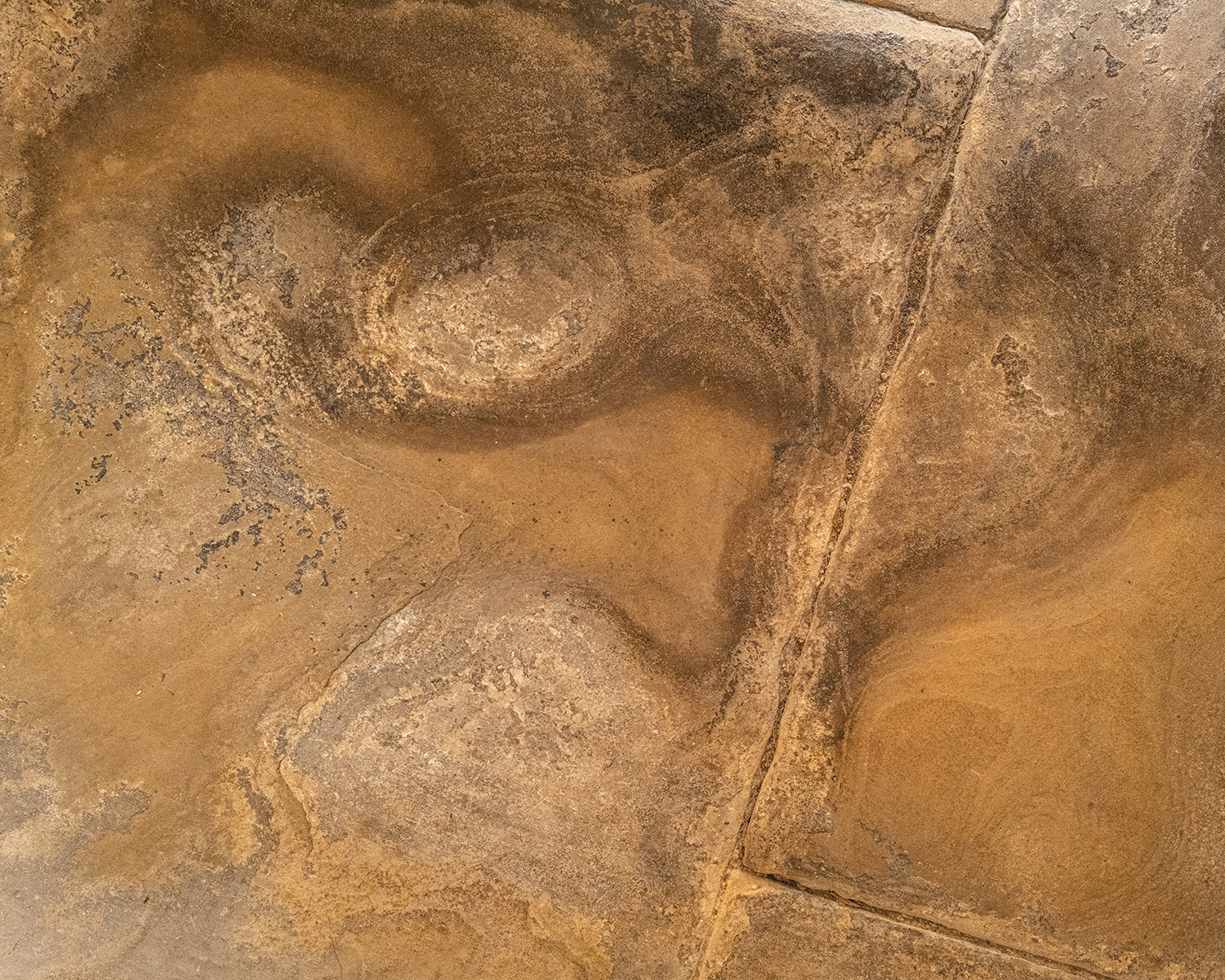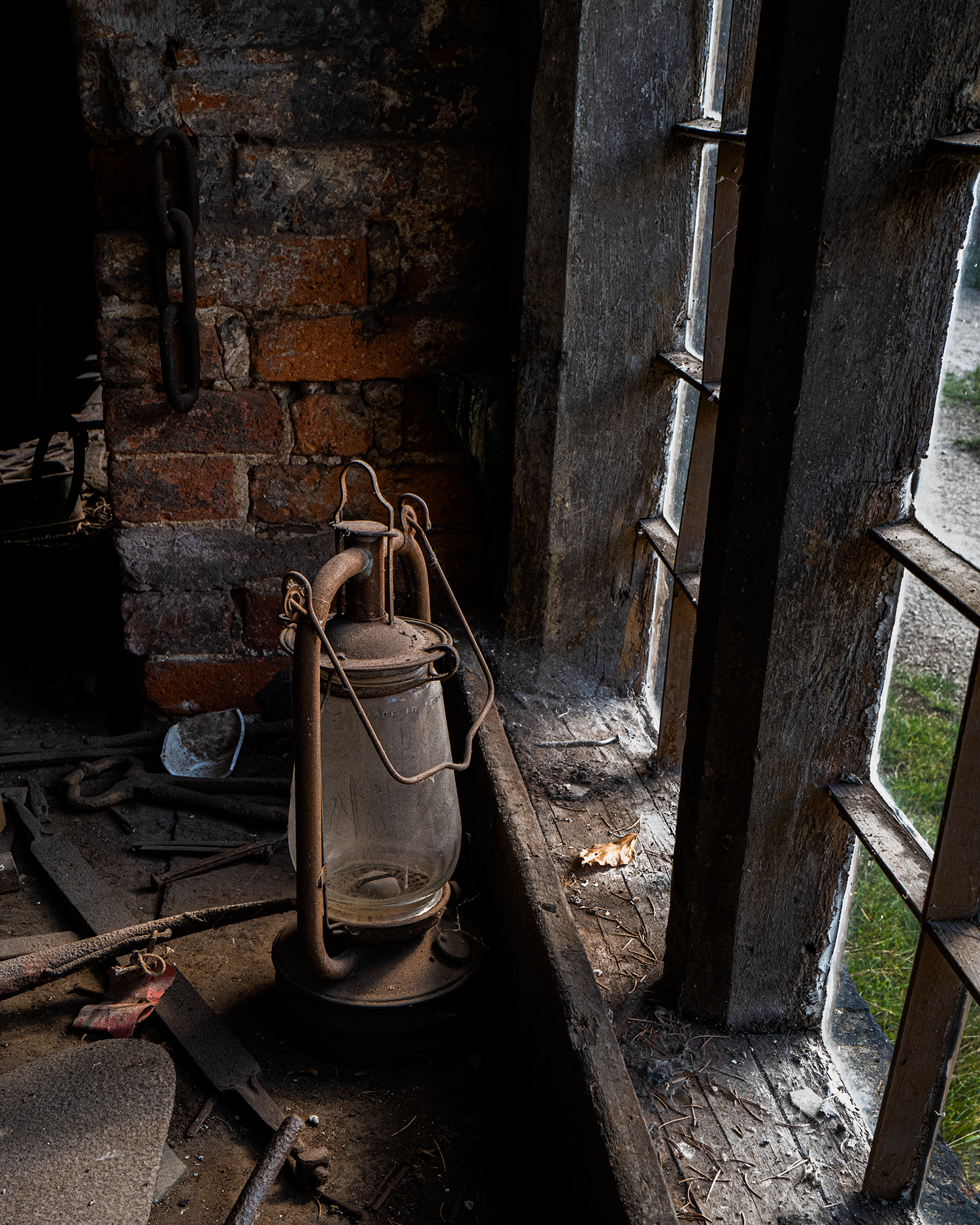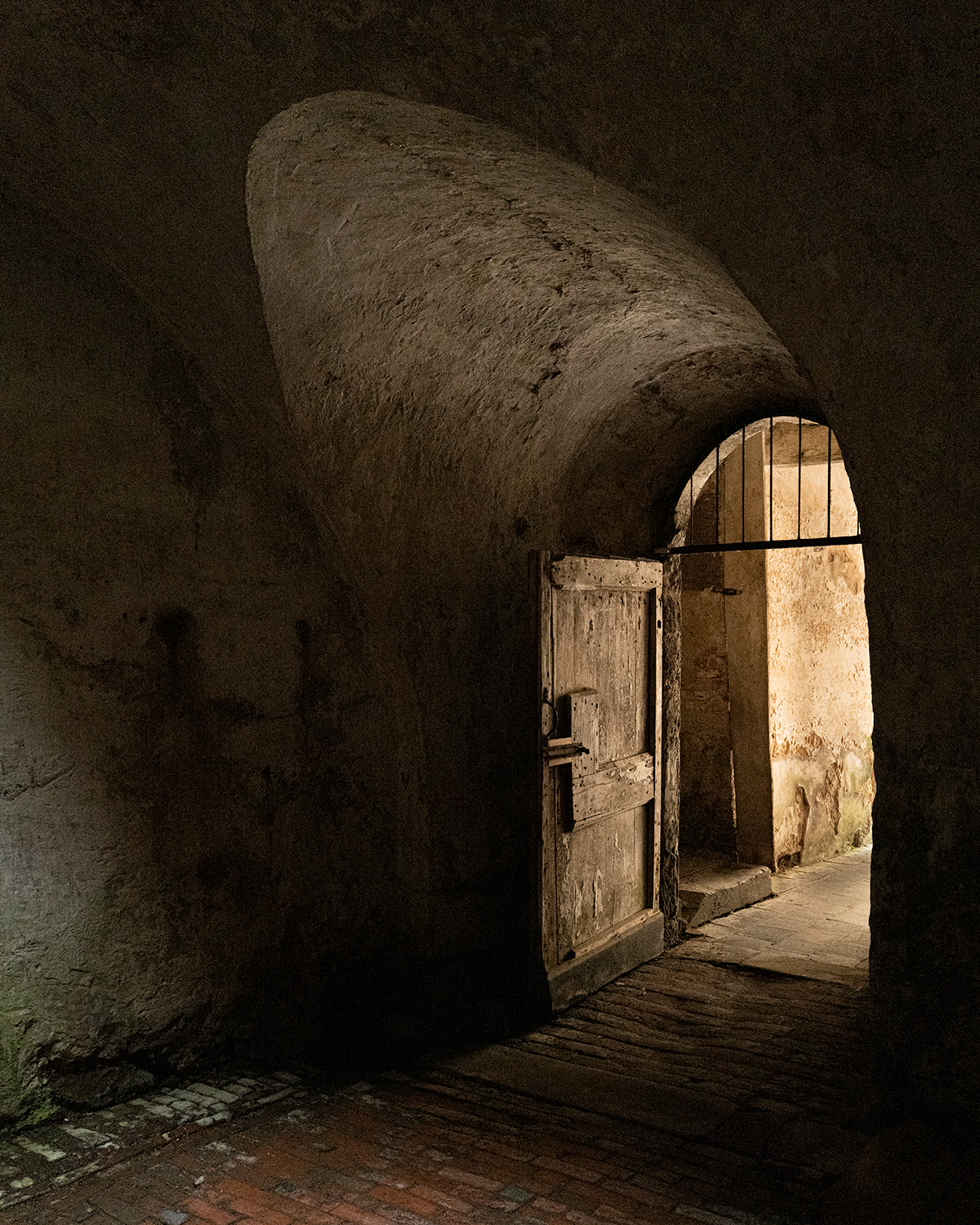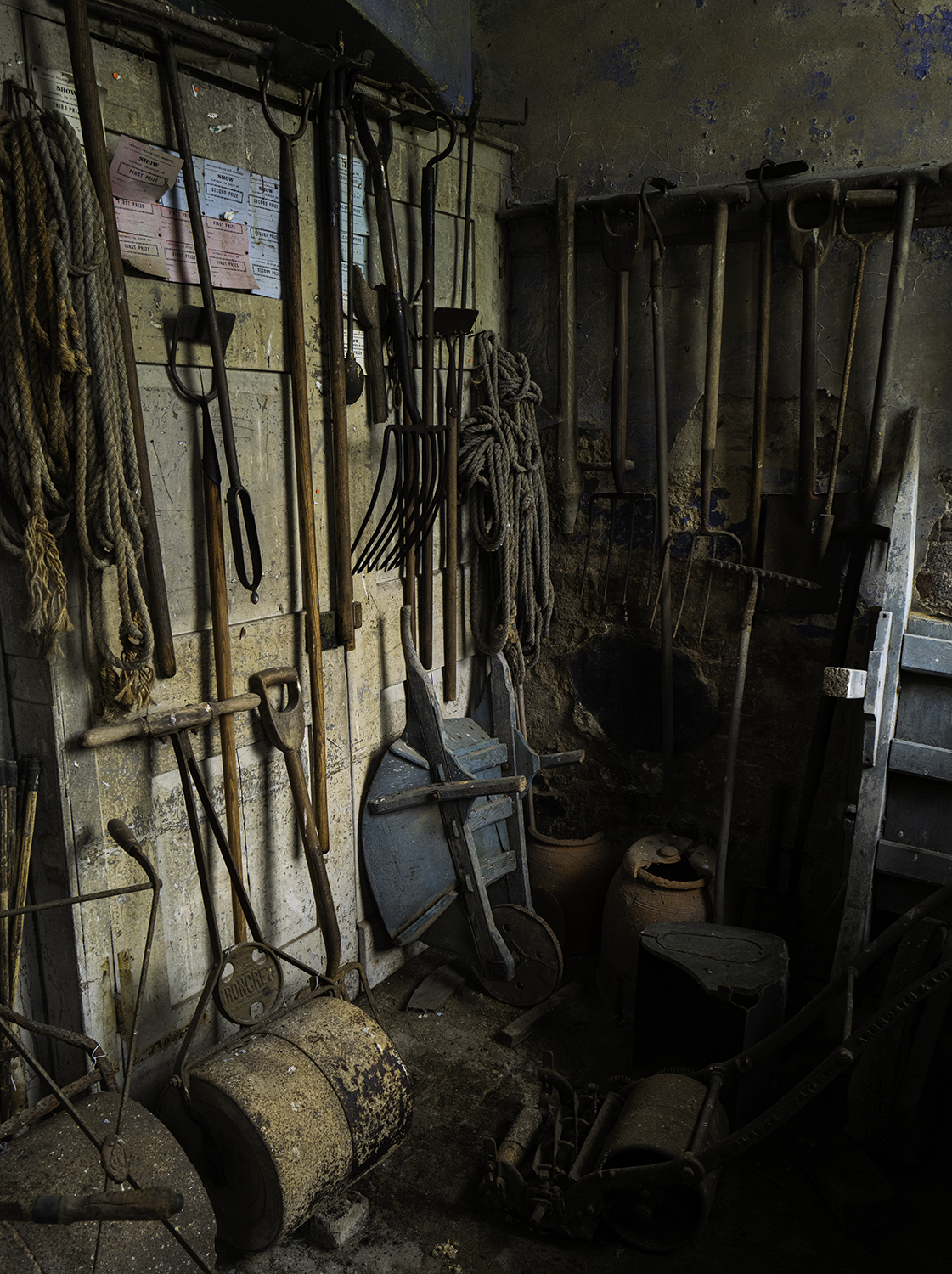A hidden house revealed
A visit to Calke Abbey, like so many National Trust places, is a step back in time. But Calke Abbey is extraordinary. In the 12th century, a small religious community settled within the secluded forest where a Priory was established, then dissolved by Henry VIII in 1538. The estate eventually passed to Henry Harpur in 1622 and twelve generations of the Harpur family lived in the baroque mansion for nearly 300 years, until the Trust began ‘caring’ for it in 1985.
Enlightenment thinking was influencing attitudes towards science, technology and culture when Sir Henry Harpur, 7th Baronet, inherited the estate in 1789 and it was Henry who started Calke's vast natural history collection. He patronised the arts, built a library, and took an interest in technology and society. Subsequent hunting expeditions and avid collecting have contributed to a treasure trove of rare finds, taxidermy and biological specimens.
When the estate passed down in 1981, there was a huge tax debt to be serviced but the historian Howard Colvin’s book, A Hidden House Revealed, generated interest in the campaign to save Calke. The Abbey was declared to be ‘of heritage quality’ and eventually came into the hands of the National Trust, already in a state of decay. Colvin’s work showed that the interiors of Calke had scarcely changed since photographs of the house in 1886. The Trust decided not to restore the rooms, but rather to preserve them as they were found, deliberately displayed in a state of decline.
And so it was that on an inclement weekend in August I decided to begin to explore this isolated ‘un-stately home’. These images were taken in the outbuildings with their collections of tools and ephemera from a bygone age still in situ. There has been a massive amount of remedial work but no restoration, so the decay of the buildings and contents has been halted but not reversed. On this trip, I chose to photograph the darkened interiors to test the ISO capabilities of my new camera. It was the first time out with my lightweight 28mm image-stabilised lens. The resulting images have been cropped out of the original 47MP frames, with minimal processing. The muted and faded colours have been captured beautifully, and for once I have resisted the temptation to convert to black and white, usually my preferred format.
